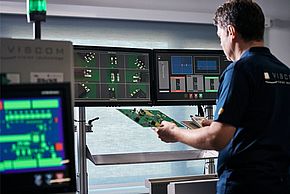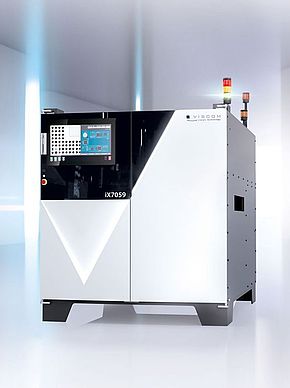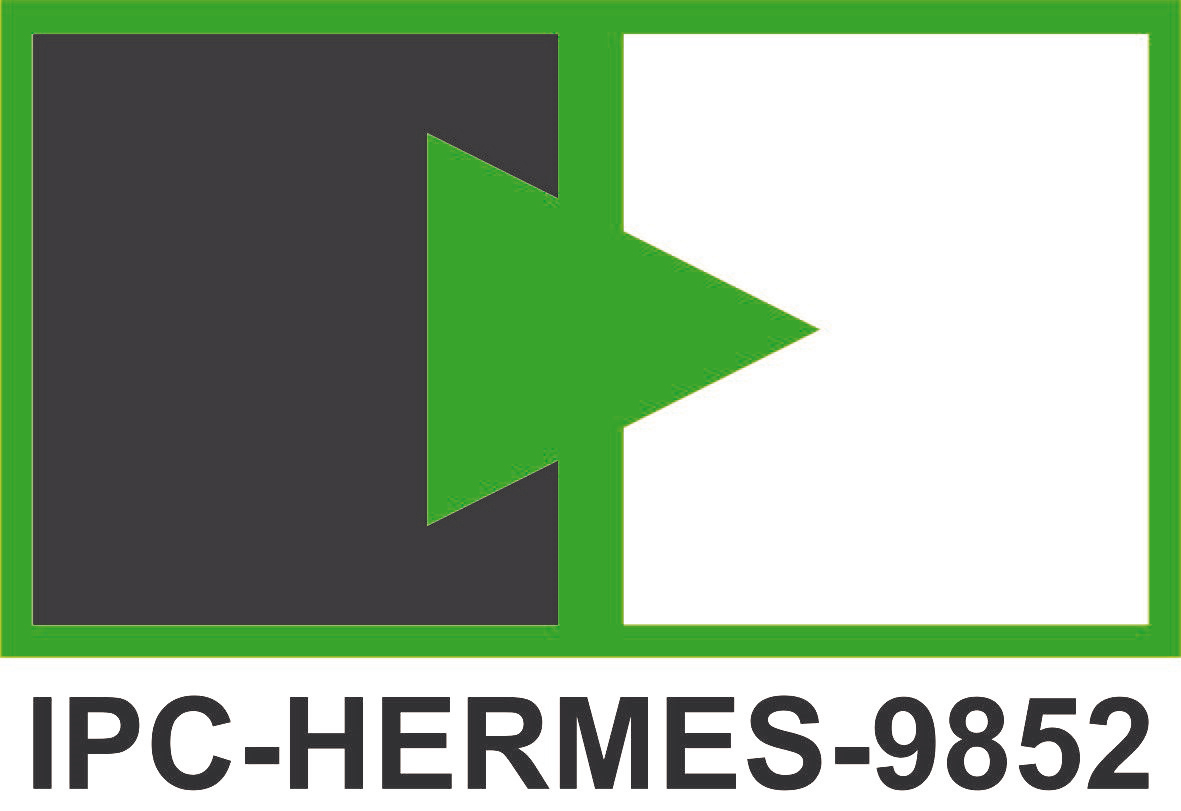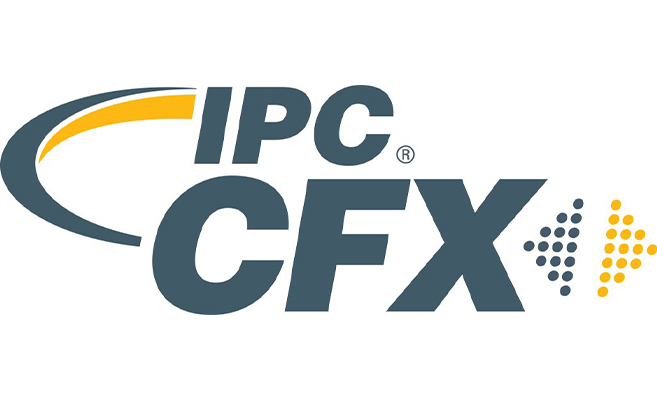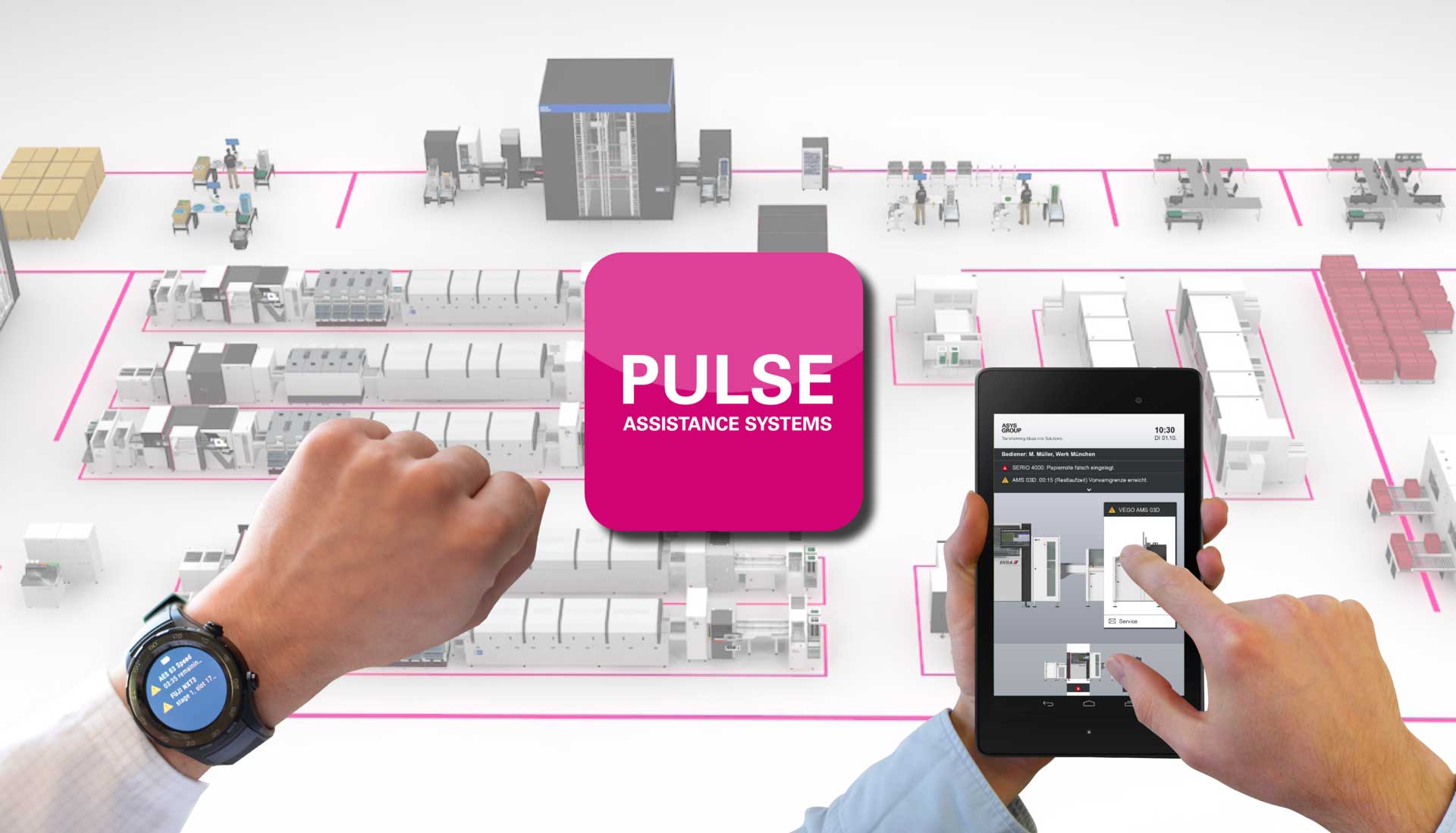![[Translate to America English:] [Translate to America English:]](/fileadmin/content/products/Software_Solutions/smart_factory/Viscom_Picture_Smart_Factory.png)
Smart communication – With i4.0, the highest quality and process stability in electronics production
The intelligent networked inspection solutions undertake pivotal quality control tasks in the automated production of electronic assemblies. Inspection results are automatically linked, analyzed and exchanged with systems in the production line.
That complex electronics function faultlessly in areas ranging from the automotive industry, to aviation and aerospace, medical technology and industrial electronics, as well as consumer electronics, is today taken for granted. Viscom develops highly precise, cutting edge solutions in automated electronics assembly inspection for the global electronics industry.
Intelligent inspection concepts
Intelligent inspection systems for inspecting solder paste, solder joints and component placement can be networked with each other and further, with other machines in the entire production process to realize smart factory requirements. The key for automation is appropriate data interfaces and increasingly powerful software tools. Thus, printed circuit boards are progressively more complex and are populated with ever smaller components. This places increasingly higher demands on the quality of the production process, which depends on various factors. One of these is the paste print. With Viscom systems, data is exchanged between solder paste inspection (SPI) and paste printer in real time, so inspection results can be immediately evaluated and actions directly triggered. Consequently, even typical startup defects can be countered. For example, if sustained solder paste displacement is detected by the SPI, the feedback loop to the printer initiates an automatic print offset correction. The forward loop communication between the SPI and placement machines can accomplish a similar closed loop task. If displacement does occur, the respective placement position can be automatically adapted to the actual print position to ensure secure soldering. This very clearly demonstrates how machines today independently react to process fluctuations, exchange information with each other and intelligently adapt their processes accordingly. Analyzing the data from detected false calls and real defects delivers valuable knowledge of whether changes in the process are needed or if one component type is especially prone to defects.
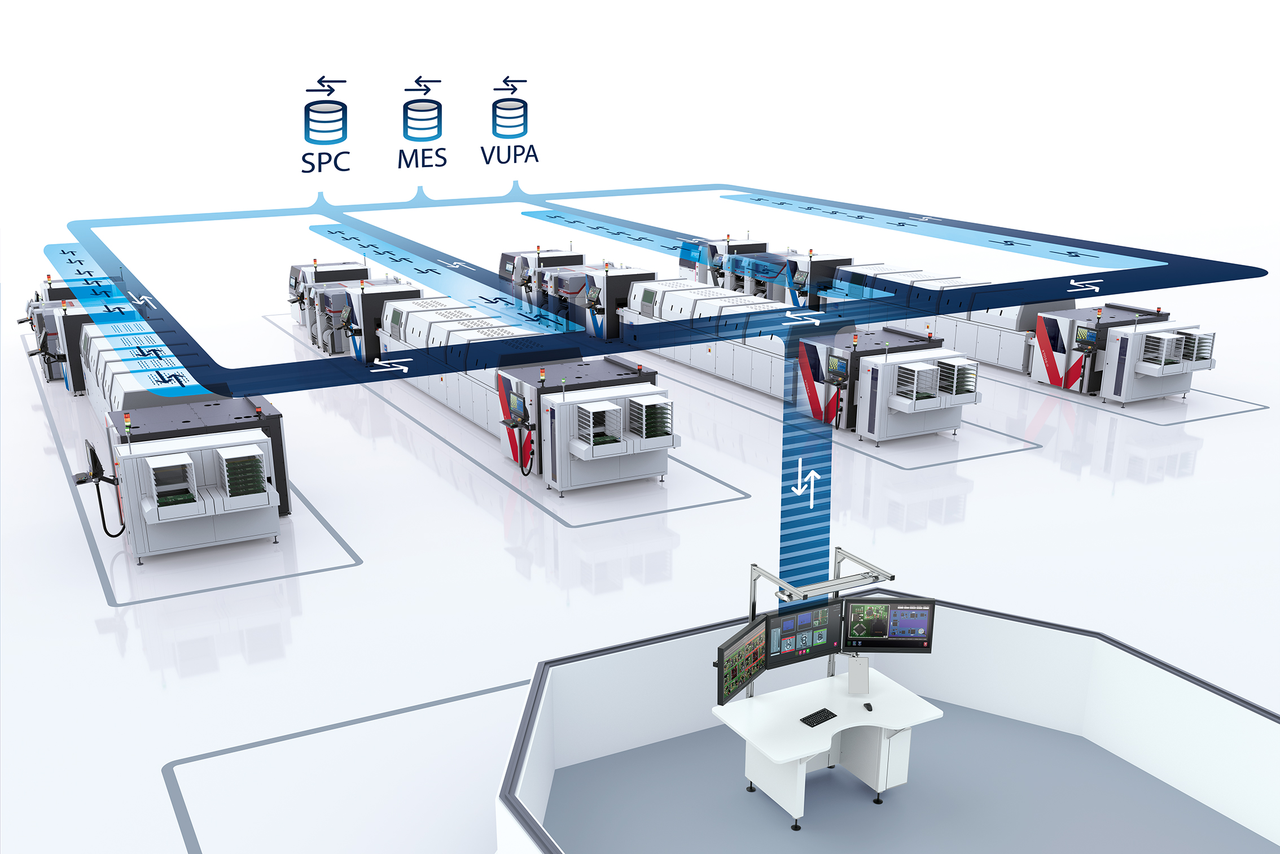
Big data for complete traceability
In addition to the inspection results, the Viscom inspection systems deliver a great deal of information for each individual assembly. In combination with statistical process control, this information is collected and analyzed, and can be individually prepared in graphic form for the operator. From this data, statistical defect concentrations can be recorded, process stability calculated and exceeded tolerance ranges determined as the process runs. Furthermore, based on these data, cross references throughout the entire production can be recognized. Thus, layout deficiencies or other effects on the printed circuit board can be determined and used to improve the process.
In principle, complete traceability along the process chain is also possible through connection to an MES system. For previously defined defects, the inspected assembly can, for example, be automatically excluded from the further production process with no chance of being returned to it (process interlocking).
Download
- [Translate to America English:] Case Study: The latest transmission controls for utility vehicles – inspected with 3D SPI and 3D AOI from Viscom
PDF Download

